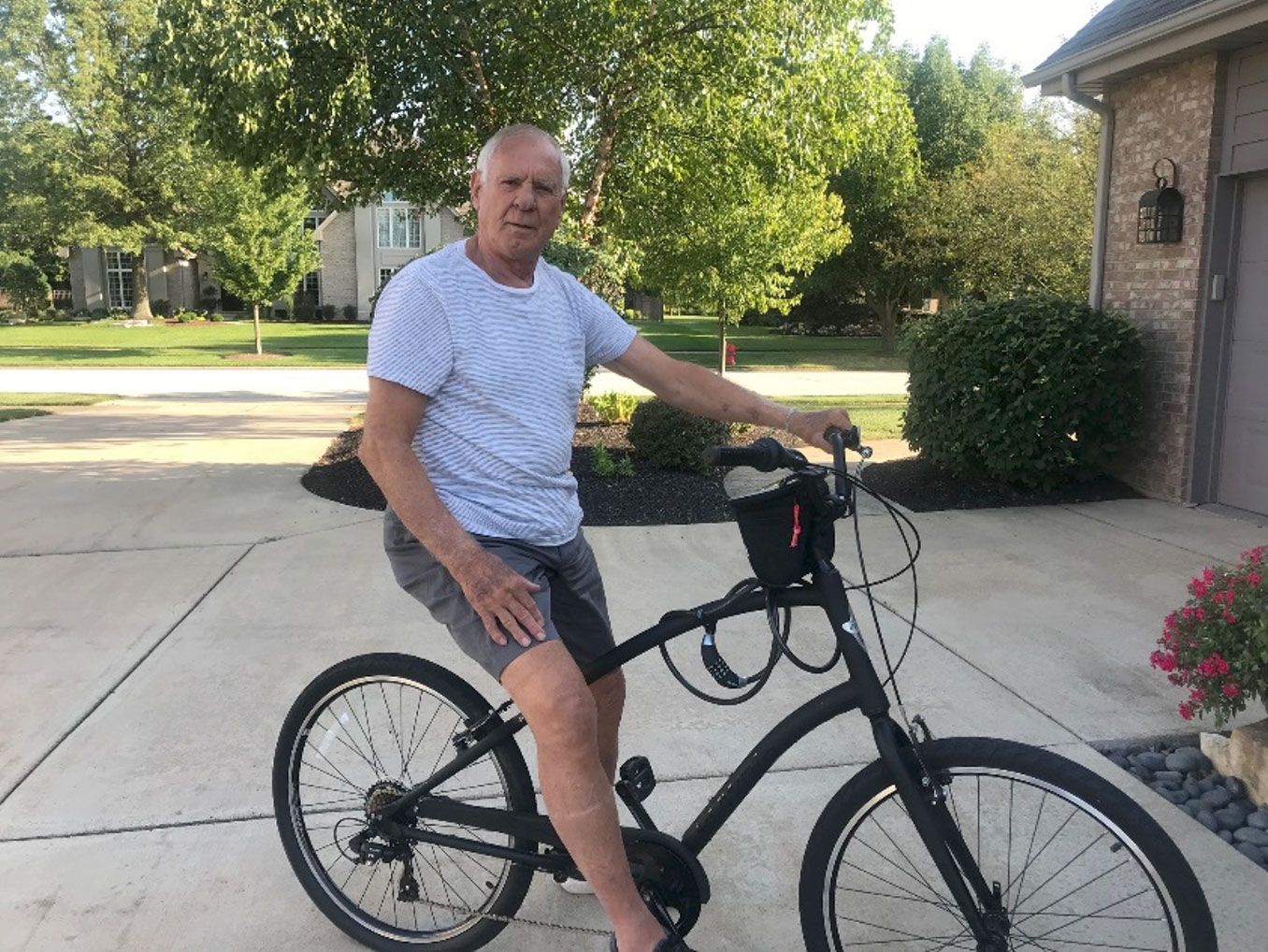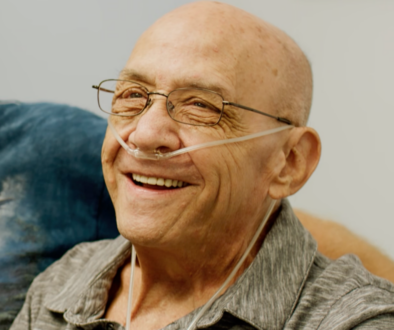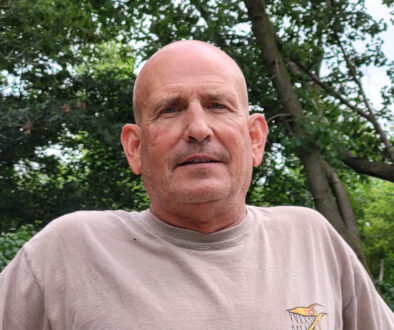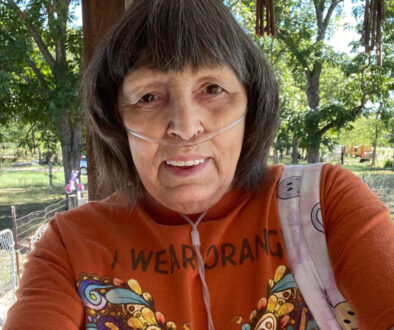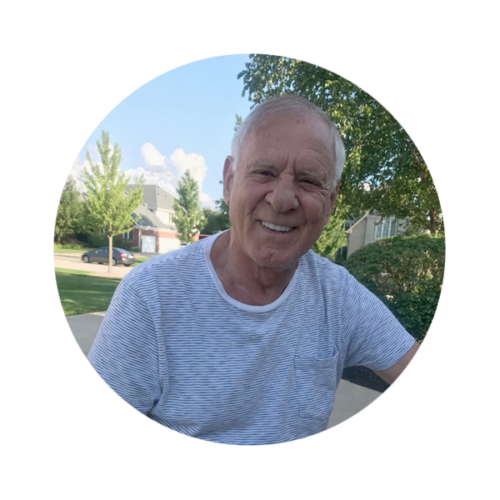
John’s Story
“I haven’t felt this good since my 50s. It’s like getting a new lease on life. I am sharing my story so others who are struggling can know about this option and can have hope too.”
Procedure Details:
Age at Treatment: 78
Hospital: University of Chicago Medical Center
Date of Procedure: April 2019
John’s Story
“I haven’t felt this good since my 50s. It’s like getting a new lease on life. I am sharing my story so others who are struggling can know about this option and can have hope too.”

Procedure Details:
Age at Treatment: 78
Date of Procedure: April 2019
Hospital: University of Chicago Medical Center
Hometown: Chicago, IL
Life Before Zephyr® Valves:
I was a healthy kid. I played football, basketball, baseball, swimming, track, and more. In 1959, I went into the Airforce. I didn’t smoke when I went in, but then once you’re in, it’s “take 10 and light ‘em up.” If you didn’t smoke, you got put on some duty. So needless to say, most of us started to light up. Fifty-five years later I quit smoking, but the COPD/emphysema had already taken over in my lungs.
About eight years ago, I caught a cold and it just escalated quickly. It was a steady decline after that. I went from being this active healthy guy to struggling to breathe with simple tasks. I couldn’t ride my bike anymore. Even doing yard work had become difficult. I would try to weed whack and edge the lawn, but I would have to use the rescue inhaler and stop often to rest. When you have to stop and lean over to catch your breath, you start to think “this may be my last breath.” It scared my wife and me.
I was not on oxygen yet but I was getting very discouraged at the decline I was seeing. On a trip in 2018, I ended up in the ER having breathing treatments. My general practitioner, Dr. Cressa Perish, referred me to Dr. Steve White at University of Chicago Medical Center. He told me “it’s only going to get worse.” I told him I was ready to try something, even if it was a newer option.
In 2019, Dr. White introduced me to his colleague Dr. Kyle Hogarth who had studied the newly FDA-approved Zephyr Valves. Once Dr. Hogarth explained how the valves worked I was 100% ready to try them. He had to do some tests to see if I was a candidate, but I was hopeful that this would give me some of my life back.
“He was in great shape except for this issue. We used to walk three miles a couple times a week, but then just walking upstairs in the house was getting hard for him. We couldn’t ride bikes anymore. It was really having an impact on our quality of life and I was worried about our future.”
– Amy, John’s wife of 31 years
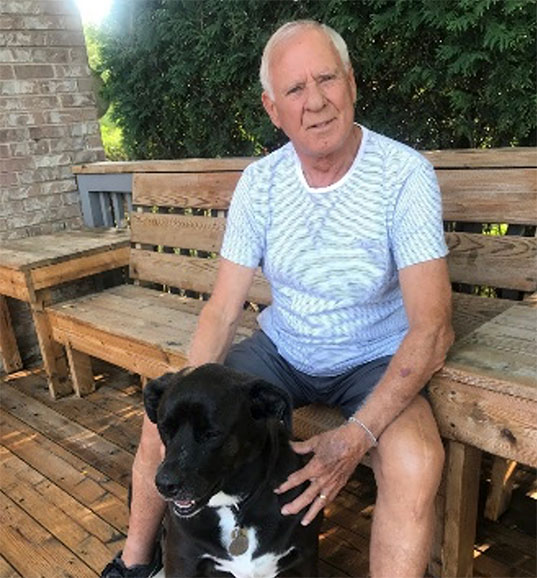
Life After Zephyr Valves:
I was the 16th patient treated at University of Chicago Medical Center with the Zephyr Valves. The procedure went smoothly. I had a bit of pain and discomfort as expected, but I stayed for three days and was very well cared for.
After just a month, I was taking deeper breaths and no longer struggling with the severe shortness of breath that had become my normal. In just a few months I’ve seen a 20-25% improvement in lung function.
The valves are not a cure but they have blocked off the diseased part of my lung so the healthier sections can work better, and I tell you, I feel the difference!
My wife worries less now. We are back to taking daily bike rides, long walks, and have even done some significant travel already. In the Spring, we drove 14 hours straight home from Connecticut to Chicago. That would have been impossible before the valves. I just wouldn’t have had the stamina.
I haven’t felt this good since my 50s. It’s like getting a new lease on life. I am sharing my story so others who are struggling can know about this option and can have hope too.
Results for individual patients may vary.
Caution: Federal law restricts this device to sale by or on the order of a physician.
¹Criner, G et al. Am J Resp Crit Care Med. 2018; 198(9):1151‒1164.
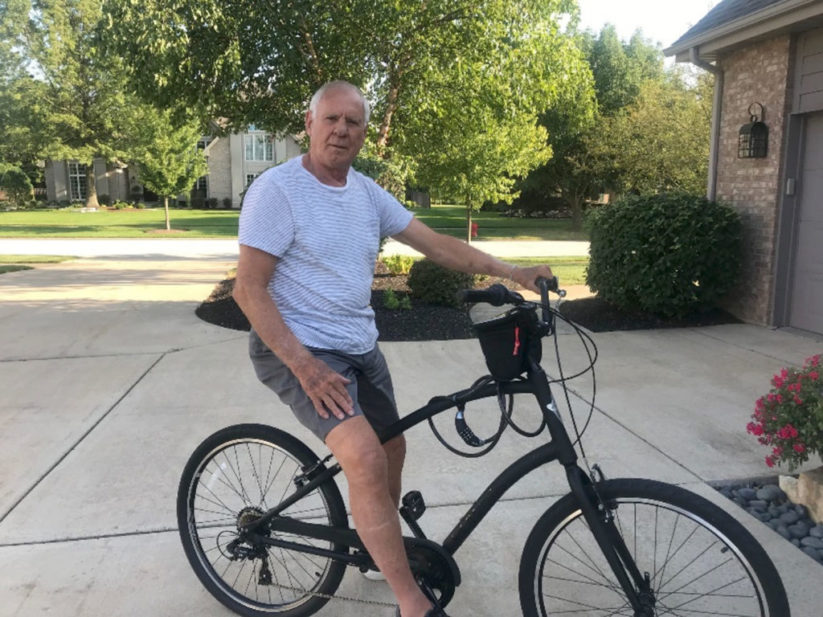
US-EN-1551-v1
What is the Zephyr Valve procedure?
The Zephyr Valve has been shown to help patients breathe easier, do more, and enjoy life.1
Despite taking the best available medications, many patients with severe COPD/emphysema suffer from hyperinflation of their lungs where air becomes trapped in the lungs, preventing fresh air from entering and thereby causing severe shortness of breath.
The Zephyr Valves reduce lung hyperinflation by allowing trapped air to escape and preventing new air from entering that diseased lobe. This allows the healthier parts of the lung to function better and results in patients being able to breathe more easily and experience less shortness of breath.
The valves are placed via bronchoscopy, with no incision or cutting, so these benefits are achieved without the risks of traditional surgical options. The procedure is usually complete in under an hour.
Complications of the Zephyr Endobronchial Valve treatment can include but are not limited to pneumothorax, worsening of COPD symptoms, hemoptysis, pneumonia, dyspnea and, in rare cases, death.
-
I was a healthy kid. I played football, basketball, baseball, swimming, track, and more. In 1959, I went into the Airforce. I didn’t smoke when I went in, but then once you’re in, it’s “take 10 and light ‘em up.” If you didn’t smoke, you got put on some duty. So needless to say, most of us started to light up. Fifty-five years later I quit smoking, but the COPD/emphysema had already taken over in my lungs.
About eight years ago, I caught a cold and it just escalated quickly. It was a steady decline after that. I went from being this active healthy guy to struggling to breathe with simple tasks. I couldn’t ride my bike anymore. Even doing yard work had become difficult. I would try to weed whack and edge the lawn, but I would have to use the rescue inhaler and stop often to rest. When you have to stop and lean over to catch your breath, you start to think “this may be my last breath.” It scared my wife and me.
I was not on oxygen yet but I was getting very discouraged at the decline I was seeing. On a trip in 2018, I ended up in the ER having breathing treatments. My general practitioner, Dr. Cressa Perish, referred me to Dr. Steve White at University of Chicago Medical Center. He told me “it’s only going to get worse.” I told him I was ready to try something, even if it was a newer option.
In 2019, Dr. White introduced me to his colleague Dr. Kyle Hogarth who had studied the newly FDA-approved Zephyr Valves. Once Dr. Hogarth explained how the valves worked I was 100% ready to try them. He had to do some tests to see if I was a candidate, but I was hopeful that this would give me some of my life back.
-
I was the 16th patient treated at University of Chicago Medical Center with the Zephyr Valves. The procedure went smoothly. I had a bit of pain and discomfort as expected, but I stayed for three days and was very well cared for.
After just a month, I was taking deeper breaths and no longer struggling with the severe shortness of breath that had become my normal. In just a few months I’ve seen a 20-25% improvement in lung function. I barely need to use my inhaler anymore.
The valves are not a cure but they have blocked off the diseased part of my lung so the healthier sections can work better, and I tell you, I feel the difference!
My wife worries less now. We are back to taking daily bike rides, long walks, and have even done some significant travel already. In the Spring, we drove 14 hours straight home from Connecticut to Chicago. That would have been impossible before the valves. I just wouldn’t have had the stamina.
I haven’t felt this good since my 50s. It’s like getting a new lease on life. I am sharing my story so others who are struggling can know about this option and can have hope too.
-
The Zephyr Valve has been shown to help patients breathe easier, do more, and enjoy life.1
Despite taking the best available medications, many patients with emphysema, a common form of COPD, suffer from hyperinflation of their lungs where air becomes trapped in the lungs, preventing fresh air from entering and thereby causing severe shortness of breath.
The Zephyr Valves reduce lung hyperinflation by allowing trapped air to escape and preventing new air from entering that diseased lobe. This allows the healthier parts of the lung to function better and results in patients being able to breathe more easily and experience less shortness of breath.
The valves are placed via bronchoscopy, with no incision or cutting, so these benefits are achieved without the risks of traditional surgical options. The procedure is usually complete in under an hour.
Results from case studies are not necessarily predictive of results in other cases. Results in other cases may vary.
“He was in great shape except for this issue. We used to walk three miles a couple times a week, but then just walking upstairs in the house was getting hard for him. We couldn’t ride bikes anymore. It was really having an impact on our quality of life and I was worried about our future.”
– Amy, John’s wife of 31 years
